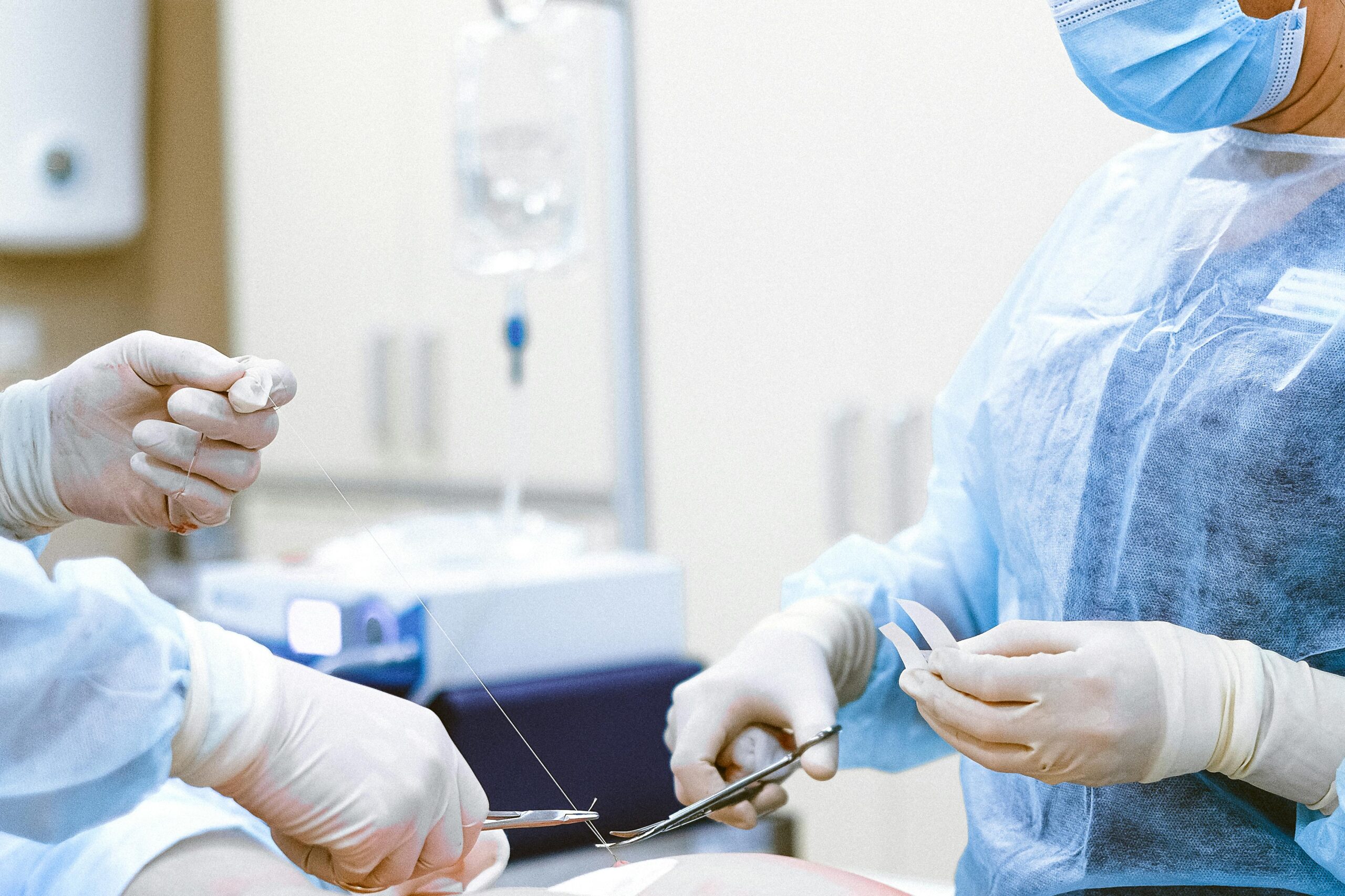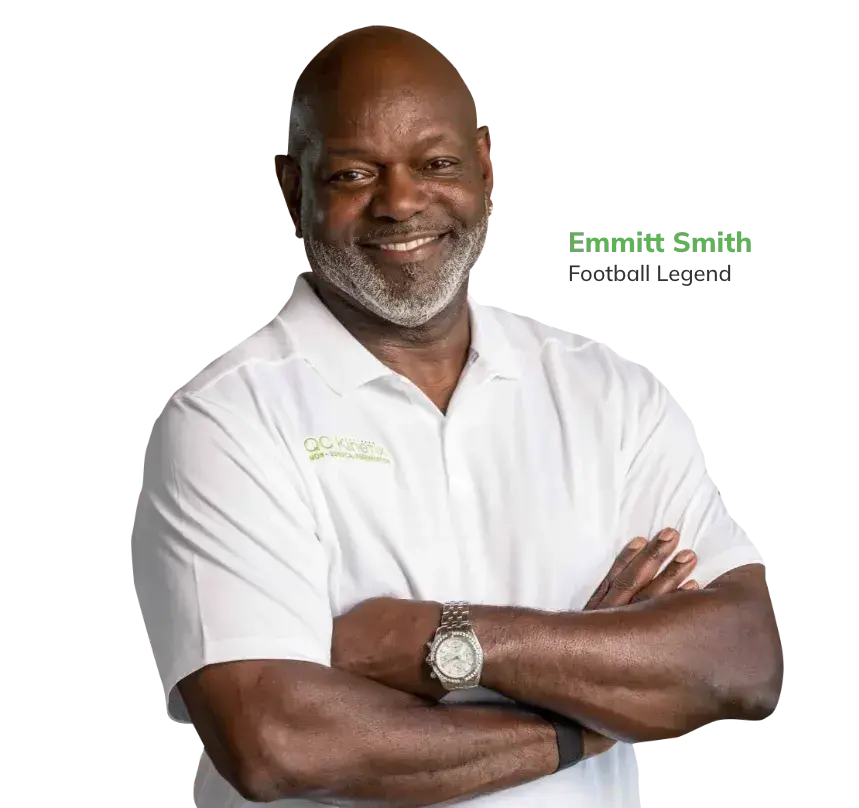El dolor articular limita su participación en la vida. Afecta a las actividades cotidianas y restringe tus opciones.

There’s no getting around it: elbow surgery is painful. It is an invasive procedure that requires a certain amount of tissue damage to facilitate healing. Depending upon the type of elbow surgery — for example, fracture repair, tendonitis treatment, or ligament reconstruction — muscles, tendons, ligaments, or even bones must be cut, detached, stretched, or drilled into. Nerves may be manipulated or gently pushed aside.

Although the tissue damage done during elbow surgery is painful, as is the recovery from it, pain management for elbow surgery is effective, and the pain eases in a relatively short time. Let’s explore the pain associated with different types of elbow surgery, pain management techniques, and what you can expect.
Pain following any kind of surgery is normal. Surgery requires cutting through tissues like muscle, tendon, ligament, and bone to remove or repair damage, which triggers the body’s automatic responses to injury, including inflammation and pain.
After surgery, the body must heal the damage and complete the repair initiated by the surgeon. Heat and swelling occur as blood flow to the injured area increases along with the delivery of immune cells and nutrients. Pain forces the patient to rest, giving the body a chance to heal. So, while elbow surgery is painful, the pain serves a vital purpose.
It may seem counter-intuitive to deliberately cause more tissue damage and pain in order to remedy tissue damage and pain, but there are critical differences. Surgery causes acute pain that can be intense but short-lived, gradually easing, then resolving in weeks to months. The chronic pain of the condition the surgery remedies can last for years and serves no biological purpose. The sharp, stinging, or burning pain at the incision site is generally localized to the damaged tissues. However, the neuropathic pain the surgery addresses is likely a shooting, tingling sensation that may travel.
While elbow surgery is painful, the intensity of pain varies by the type of surgery involved and the individual’s pain tolerance. We think of pain as a purely physical sensation, but that’s not how we experience it. Pain is made up of a physical signal warning of potential tissue damage — and a negative emotional interpretation of that signal. Due to the emotional component of pain, we all experience pain differently, and that experience is influenced by several factors, including:
While elbow surgery is painful, it can be planned for and managed. Often, the surgeon will perform a nerve block to manage postoperative pain, temporarily interrupting pain signals and preventing them from reaching the brain. As a result, some elbow surgeries are performed while the patient is awake.
The nerve block immediately numbs the elbow, blocking the experience of pain for anywhere from a few hours to several days, depending upon the anesthesia used. Consequently, the patient has less need for painkillers while beginning their recovery in less pain.
It’s critical to follow the prescribed pain management techniques to stay ahead of the pain. You will be prescribed pain relief medication and over-the-counter anti-inflammatories, as well as the use of ice packs, rest, elevation of the elbow, and physical therapy.

You can and must walk after elbow surgery. Gradually increase your walking after elbow surgery to improve circulation and help prevent pneumonia and constipation.
Typically, your arm will be in a removable splint for the first week to 10 days after elbow surgery. Once the sutures are removed, your arm will be immobilized with a cast for several weeks. The exact length depends on the complexity of the surgical procedure you’re recovering from.
Elbow surgery has a high success rate of 85-95%, depending upon the type of surgery and the patient’s general health.

El dolor articular limita su participación en la vida. Afecta a las actividades cotidianas y restringe tus opciones.


Los suplementos para la salud articular y ósea QC Kinetix ayudan a su organismo a reparar y renovar los tejidos articulares lesionados, incluidos cartílagos, ligamentos y tendones, al tiempo que reducen la inflamación de las bursas. A diferencia de los esteroides o productos farmacéuticos, nuestros suplementos para las articulaciones trabajan con su cuerpo para promover la curación.
Los suplementos pueden mejorar la salud general de las articulaciones como parte de un programa general de mantenimiento físico. Sin embargo, son especialmente valiosos para tratar las articulaciones dañadas o inflamadas y dolorosas. La Arthritis Foundation considera que los suplementos para la salud de las articulaciones son prometedores para aliviar el dolor, la rigidez y otros síntomas de la artritis.

*Fill out the form below, and an expert will reach out to you shortly. All fields must be completed.
*Por favor permita 30-60 minutos de tiempo asignado para reunirse con un especialista para determinar si usted es un candidato para nuestros servicios. Los exámenes están incluidos y son gratuitos.

QC Kinetix (Cary)
QC Kinetix (Clayton)
QC Kinetix (Raleigh)
QC Kinetix (Wake Forest)